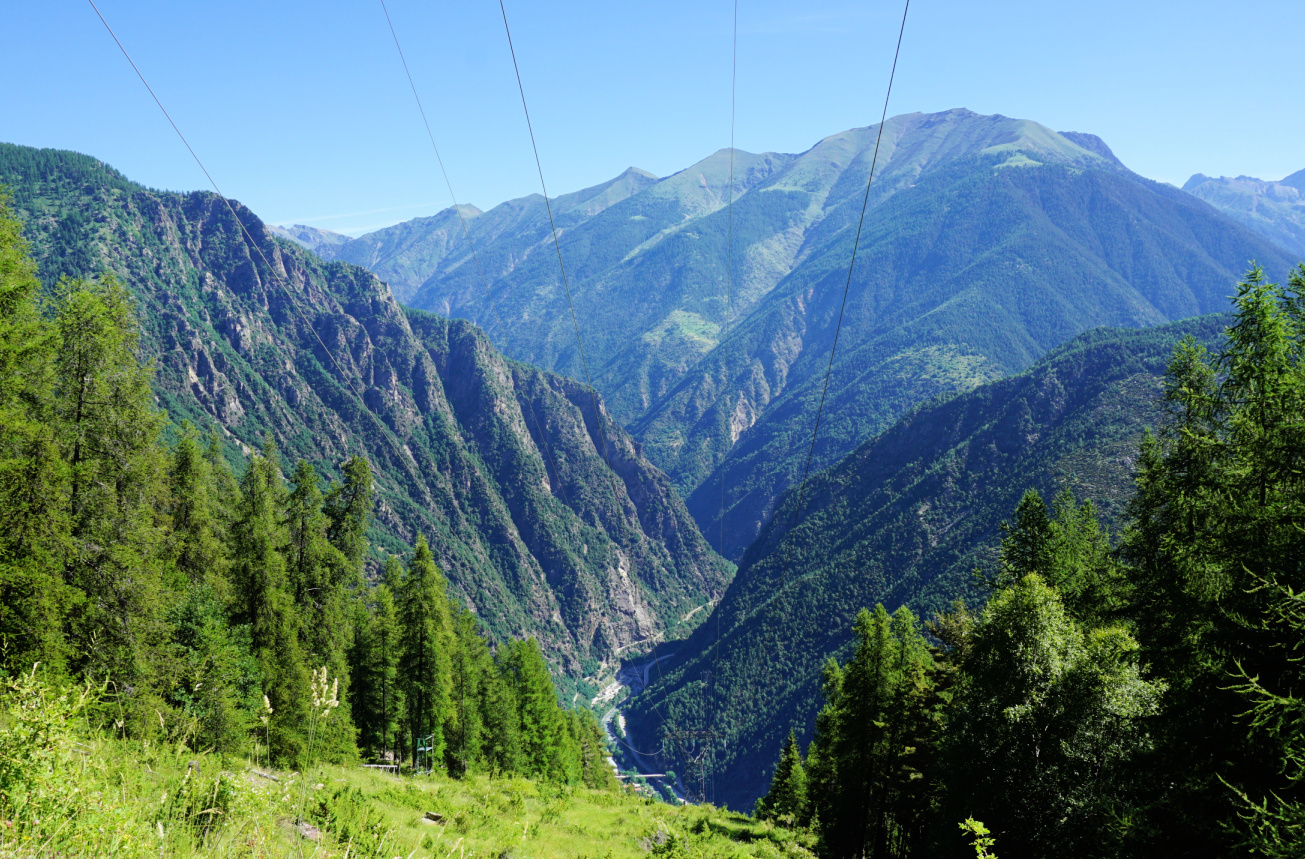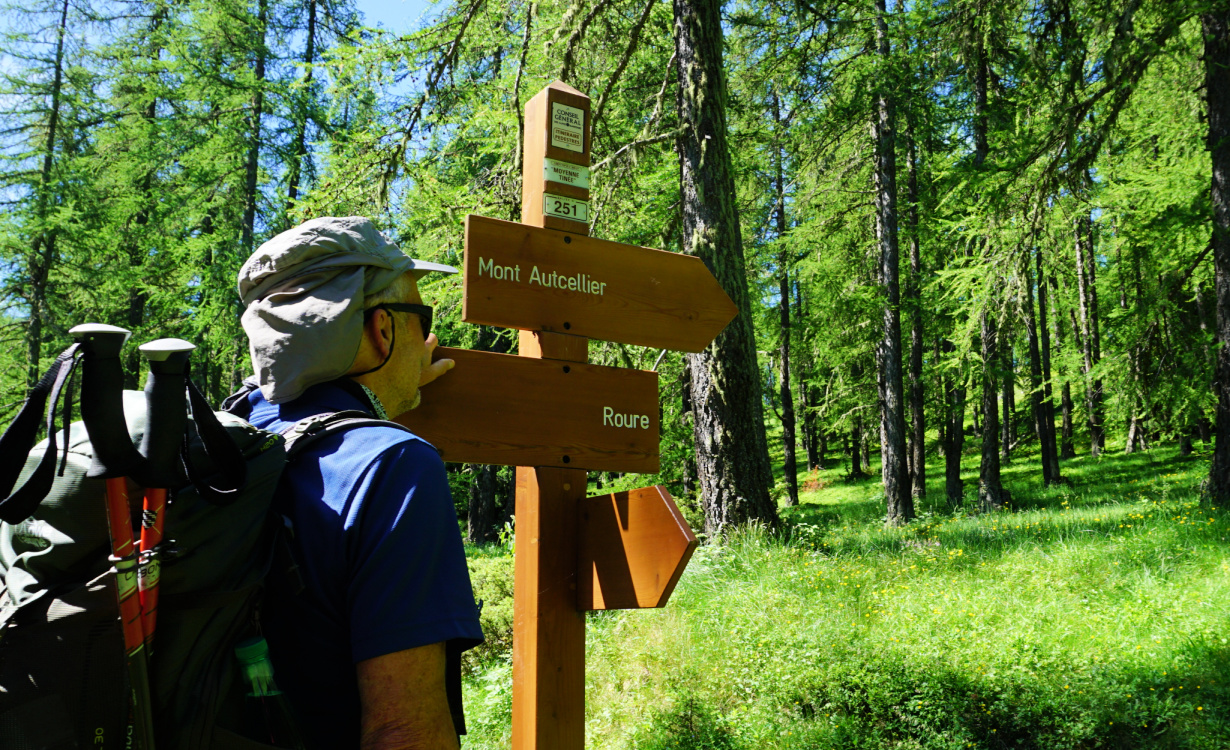Chicken marinara
Chicken parmesan is a classic American- Italian recipe. Usually, chicken cutlets are beaded and fried first then covered with tomato sauce, mozzarella, and parmesan and baked until the cheese is melted and bubbly.
I have somewhat simplified this American classic by leaving out the breading and parmesan and at the same time cutting out some calories. As there is no parmesan in my recipe, I prefer to call it chicken marinara.
I have made the tomato sauce from scratch using fresh ripe tomatoes, onions, garlic, dried Provençal herbs and freshly ground black pepper. This makes all the difference compared to even the best canned tomatoes and tomato sauces, and it doesn’t take long to make!
2 servings
2 chicken breasts
Olive oil
3-4 ripe tomatoes, chopped
1 tbsp. tomato paste
½ onion, chopped
1 clove garlic, minced
1 tsp. dried Provençal herbs
Freshly ground black pepper
4 slices Italian mozzarella
Basil leaves to decorate
Start making the tomato sauce. Warm 1 tbsp. olive oil in a frying pan over medium heat and sauté the onion and garlic for about 5 minutes. Add the tomatoes, tomato paste, herbs, and black pepper and continue cooking until the tomatoes are soft and you get a nice marinara sauce.
Preheat the oven to 200°C, roast.
In another frying pan, warm 1 tbsp. olive oil over medium heat. Sauté the chicken breasts 7 minutes on each side.
Transfer the chicken breasts in an oven- proof dish and generously cover with tomato sauce. Place 2 slices of mozzarella on each breast and drizzle with a little olive oil. Roast for 10- 12 minutes until the cheese is melted and bubbly.
Divide the chicken breasts on the plates, decorate with basil leaves and serve with brown rice, quinoa, or whole wheat pasta.








































0 comments:
Note: only a member of this blog may post a comment.